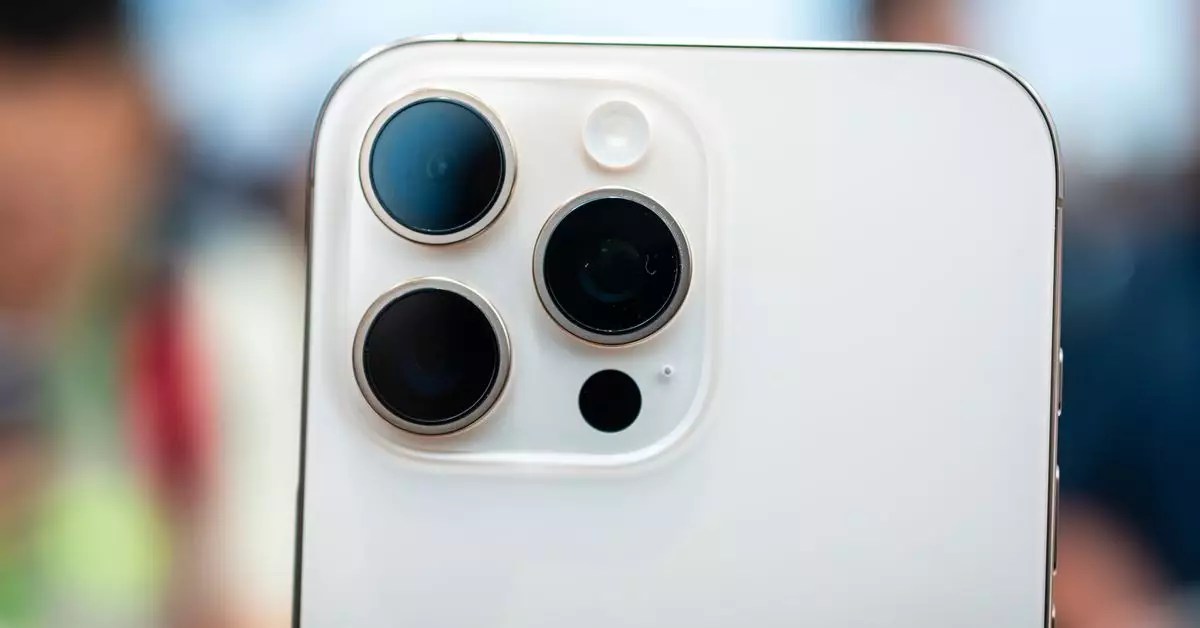In a noticeable shift in policy, Apple has announced an increase in the price of its battery repair service for the iPhone 16 Pro and Pro Max, now set at $119. This adjustment reflects a $20 hike from previous price points, marking a significant moment for consumers who rely heavily on their devices. While the cost for repairs on other models, including standard and “Plus” versions, as well as earlier iterations, remains unchanged at this time, this upward trend in pricing may signal more increases in the pipeline for other Apple products.
Looking back, it’s evident that such price adjustments are not unprecedented for Apple. Last year, the company raised the cost of iPhone 14 battery service by a similar margin, pushing it to $99. This trend is not isolated to iPhones; Apple has gradually escalated repair costs across its product lines, affecting services for iPads, MacBooks, and even Apple Watches. Such consistent price hikes can leave consumers questioning the value of their investment, particularly in an era where technology is expected to be more sustainable and accessible.
The sentiment surrounding these increases is palpably mixed. On one hand, Apple users benefit from the reliability and quality of service provided directly by the company. On the other, the stark contrast to the past—when replacing an iPhone battery cost a mere $29—has caused a resurgence of frustration among long-time fans of the brand. As consumers grow accustomed to having their devices function seamlessly, expectations around maintenance and repair responsiveness are evolving. For many, the tightening wallet feels at odds with the brand’s premium image.
Fortunately, not all hope is lost for dissatisfied users facing battery issues. For those whose devices fall under the one-year warranty, defects are handled at no cost, with replacements covered by AppleCare Plus for batteries retaining less than 80% of their original capacity. Yet, when it comes to batteries that perform adequately but don’t meet user satisfaction, the situation becomes murkier. Options for consumers become limited to third-party repair shops or DIY repair using Apple’s authorized parts—each possibly providing a more budget-friendly alternative to Apple’s service, albeit with varying degrees of reliability and warranty coverage.
As Apple continues to adjust its pricing structure, it must be mindful of consumer perception and the emerging trends that emphasize affordability and sustainability in technology. The modern user is not just looking for a product; they seek transparency and fairness in associated care costs. The ongoing evolution in pricing strategies may reshape loyalty, urging customers to rethink their long-term relationships with the brand. Ultimately, the advantages of third-party services and DIY solutions could lead to a shift in how consumers engage with Apple’s ecosystem, signaling a potential turning point in the tech giant’s approach to service and customer relations.


Leave a Reply